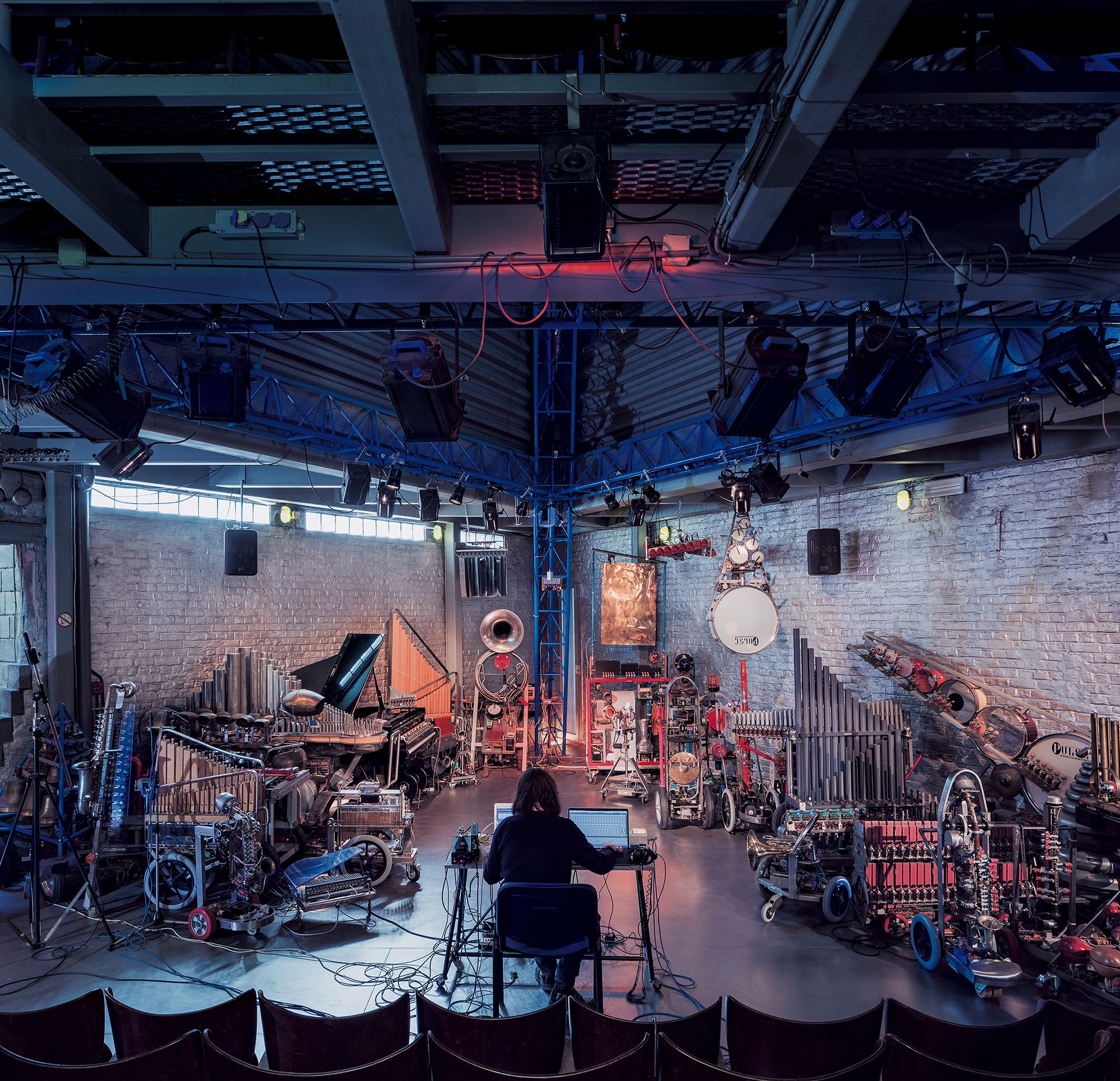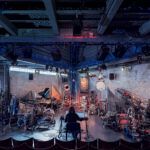
Experimental Composer Leonardo Barbadoro releases ‘Bomi’ single
Leonardo Barbadoro, formerly known by his electronic alias Koolmorf Widesen, is an Italian musician and producer based in Florence. The highly versatile artist released his song and video, ‘Bomi’ on the 22nd of September, via Helical records. The track comes off his highly anticipated album Musica Automata, an LP comprised of orchestral music performed entirely by robots.
Stealing audio tapes from his older brother as a kid, Leonardo began his musical career at a very young age, playing synthesizers and guitar in local bands. Shortly after this he quickly became interested in composition and electronic music. This led him to study at Cherubini Conservatory in Florence where he obtained a degree in “Music and New Technologies”. After an impressive foray into the European electronic and rave scene as Koolmorf Widesen, Leonardo began composing music for an orchestra of automated instruments controlled entirely by digital impulses, making use of the Logos Foundation in Ghent, Belgium. Thus, Musica Automata was born, and in 2018 Leonardo created a crowdfunding campaign to fund the composition and recording of an entire album with the robotic orchestra. Later that year the project was successfully founded, receiving excellent media coverage from the international press. This culminated in a live performance of the installation at Tomorrowland festival in Belgium in 2019.
The ensemble of musical robots that is Musica Automata, includes numerous classical instruments (percussion, woodwind, brass, organ) as well as many unconventional instruments, making it the largest orchestra of robots in existence. On ‘Bomi’, we are treated to a highly eclectic array of sounds. Focusing on acoustic sound sources that resonate in natural spaces, there is an assortment of pipe organs, piano and bells maintaining the main motif and progression, as gentle tambourines and castanets hold down the rhythm, and an abundance of arpeggios and sporadic melodies enter and leave the fray. Many other parameters (dynamics, sound envelope and more) are also programmed, adding subtle ‘human’ nuances to the robotic performance. The sheer fact that it was programmed entirely by Leonardo and performed without the touch of a human is where the true value lies. It’s unpredictable, and distinctly experimental, pushing the envelopes of what we truly know about sound and musical arrangement. The accompanying video is especially interesting as the array of code, syntax and notes sent to the robots is displayed, a clear illustration of the immense amount of information being programmed.
Leonardo had this to say when speaking about Musica Automata as a whole: “Musica Automata represents a turning point in my compositional and instrumental research. It is music that brings together two dimensions often perceived as incompatible, even antithetical: the boundless expressive possibilities of electronics implemented by an acoustic instrumental body in a sensory reality, beating, vibrating, and blowing”










